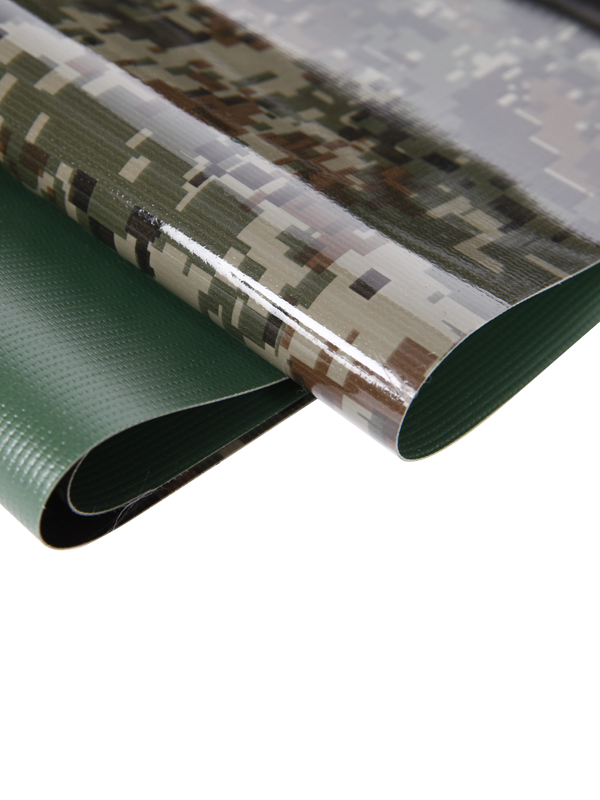
How is Double Wall Fabric different from single-layer fabrics?
Double Wall Fabric (DWF) differs from single-layer fabrics in several key ways:
Construction: The most obvious difference is in their construction. Single-layer fabrics consist of just one layer of material, while DWF is composed of two layers of fabric connected by thousands of threads. These threads create a network that joins the two layers together, providing increased strength and stability.
Strength and Durability: DWF tends to be stronger and more durable compared to single-layer fabrics. The dual-layer construction, along with the interconnected threads, enhances the material's resistance to tearing, punctures, and abrasions. This makes DWF suitable for applications where high strength and durability are required, such as inflatable structures and watercraft.
Stability and Rigidity: DWF typically offers better stability and rigidity compared to single-layer fabrics. The two layers of fabric, when inflated or pressurized, create a stiffer structure that can maintain its shape more effectively. This stability is particularly important in applications like inflatable boats and paddleboards, where maintaining buoyancy and rigidity on water is crucial.

Insulation: In some cases, DWF may provide better insulation properties compared to single-layer fabrics. The air trapped between the two layers of fabric acts as a thermal barrier, which can help regulate temperature and improve comfort in applications such as inflatable mattresses and tents.
Weight and Flexibility: Single-layer fabrics are generally lighter and more flexible than DWF. While DWF offers superior strength and durability, it may be heavier and less flexible due to its dual-layer construction and interconnected threads. This difference in weight and flexibility should be considered when choosing between the two materials for specific applications.
While single-layer fabrics have their advantages in terms of weight and flexibility, Double Wall Fabric offers superior strength, durability, stability, and insulation properties, making it well-suited for a wide range of applications that require robust and reliable materials.

Miaoqisi is an integrated trade and manufacturing company specializing in the production, processing, and sales of textile fabrics. We are dedicated to providing high-quality textile products to customers worldwide. Our modern factory spans over 10,000 square meters, equipped with multiple production lines and an efficient logistics system. We maintain an inventory of over 100 varieties, each with a stock of over 2,000 meters. With more than 200 advanced looms and a daily fabric output exceeding 60,000 meters, we can meet various customer specifications. Our main product, imitation linen fabric, ranks among the top three in market share, with clients spread across the globe.
 English
English русский
русский Français
Français Español
Español عربى
عربى






